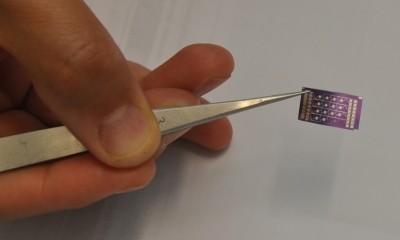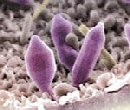Partnership aims to assess nanomaterial safety

The US Environmental Protection Agency (EPA) and the US Consumer Product Safety Commission (CPSC) said it is important to conduct research to identify method that will allow manufacturers to ensure that products containing these materials are not harmful.
They cite one ongoing study evaluating the potential human and environmental effects from exposure to copper nanomaterials, an ingredient in wood treatment products used on wood for building decks and fences.
Broader nanomaterial effort
It is part of a broader US government effort to assess the potential risks of nanomaterials.
The US Food and Drug Administration (FDA) issued two draft guidelines for public comment in April aimed at manufacturers of food substances and cosmetics but has not commented since.
“Nanotechnology and nanomaterials used in the development of these products improve our everyday lives, but it is important that we understand how humans are exposed to nanomaterials and to assess the risks they may pose to people’s health and the environment,” said Dr Tina Bahadori, national program director for EPA’s Chemical Safety for Sustainability Research.
“This innovative research greatly improves what is known about nanomaterials and will inform the future design of more sustainable, effective nanomaterials.”
The collaboration is part of a larger effort focussing on identifying, characterising and quantifying the origins of nanomaterials, determining how they interact with humans and the environment, involving industry to develop sustainable manufacturing processes and studying biological processes affected that could influence risk.
Wide use
“These tiny nanomaterials are widely used in products ranging from clothing to sunscreen, but the need for additional research and knowledge on how they affect consumers is great,” said Dr. Treye Thomas, program manager for the CPSC Nanotechnology program.
“The CPSC staff is working diligently to meet the challenges involved in regulating this emerging technology and is pleased to be collaborating with staff at EPA to develop test methods and exposure data to adequately address health and safety concerns.”
The European Commission (EC) said in October that nanomaterials must be assessed on a case-by-case basis, much like normal chemicals/substances.
Silicone dioxide, carbon black and titanium nitride are currently authorised for use in plastic food contact materials.







